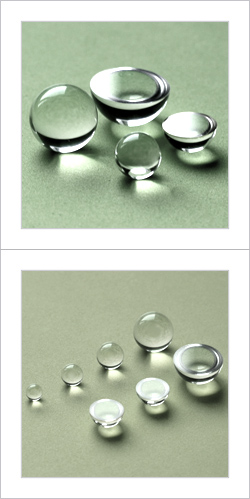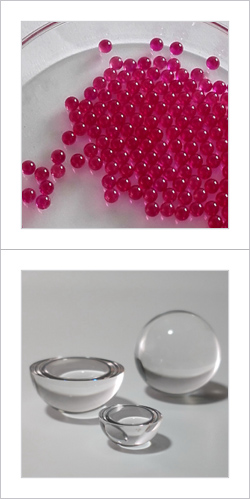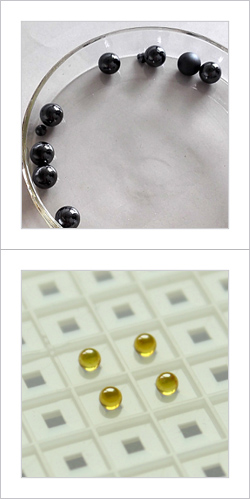In the autumn, the five principles for breeding laying hens are described below: 1. Daily management. Second, adjust the flock properly. Third, increase feed nutrition. Fourth, reduce the impact of climate change. Fifth, control density, reasonable grouping.
Autumn is a good season for farmers to harvest and collect food, but it is also an eventful event for chicken farmers. Many diseases are likely to occur during this season. This requires us to do more detailed and better in feeding management and disease prevention. Now we will introduce the following five principles for breeding laying hens in the autumn:
First, daily management. When feeding the animals sooner or later, observe the flock's spirit, appetite, and feces. For those with fluctuating spirits and loss of appetite, fecal abnormalities must be further isolated.
Second, adjust the flock properly. Non-production chickens, discontinued chickens, weak chickens, chickens, chickens with severe parasites, chickens with short egg production times, diseased chickens that are overweight or overweight and have no therapeutic value are eliminated in time, leaving production performance Good, healthy chicken with normal egg production.
Third, increase feed nutrition. After a long period of egg production and hot summers, the chickens are very tired. After the fall, they should feed more animal protein feeds, supplement chickens that have not yet been moulted, continue to lay eggs, and promote the feathered chickens to grow into feathers quickly. Recover production as soon as possible. Since the chicken's nerves are very sensitive at this time, slower spreading must be added to the more nutritious feed to prevent the nerves of the chicken from being stimulated and moulting ceased.
Fourth, reduce the impact of climate change, so that the microclimate within the chicken house does not change much, reducing the temperature difference between day and night. When the daytime temperature of the broiler stocked outside the house is too high, the chicken should be rushed to the shade or under the pergola, and when the temperature is low at night, the chicken should be allowed to go home.
Fifth, control density, reasonable grouping. According to age, feeding and ventilation conditions, the general ground free-range density is 25-30 per square meter for 1-20 days, and 15-20 per square meter for 21-40 days.
Ball Lenses are commonly used to improve signal quality in fiber coupling applications, or for use in endoscopy or bar code scanning applications. Ball Lenses feature short back focal lengths to minimize the distance needed from the Ball Lens to the optical fiber.
Half-Ball (hemispherical) lenses are ideal for applications such as fiber communication,endoscopy, microscopy, optical pick-up devices,and laser measurement systems.
Worldhawk can provide spherical ball lenses and half ball lenses in a range of substrates for performance in the ultraviolet to the NIR. Such as including H-K9L(N-BK7), Sapphire, CaF2, BaF2, ZnSe or custom materials upon request.




Micro Ball Lens,Micro Half Lenses,Polished Micro Lenses,Polished Micro Ball Lenses
ChangChun Worldhawk Optics Co.,Ltd , https://www.worldhawk-optics.com